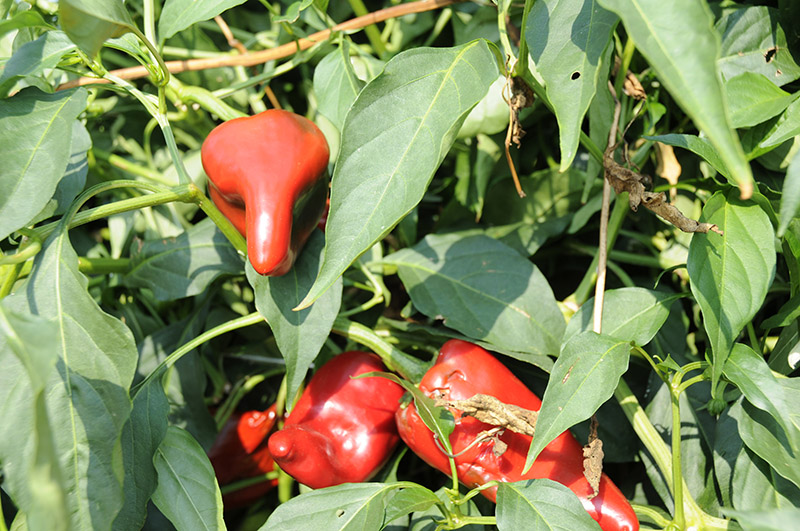 CAES News
CAES News
Nematodes
Mother Nature’s freezing January temperatures reduced nematode buildup in southern Georgia fields. But warmer temperatures this spring could spark nematode activity, according to University of Georgia Cooperative Extension plant pathologist Bob Kemerait.








